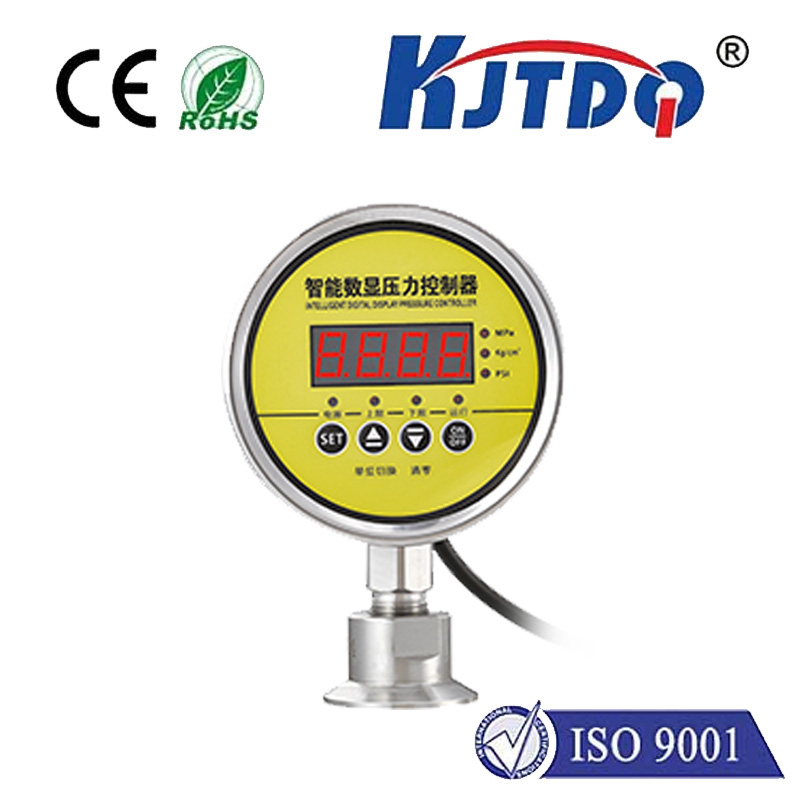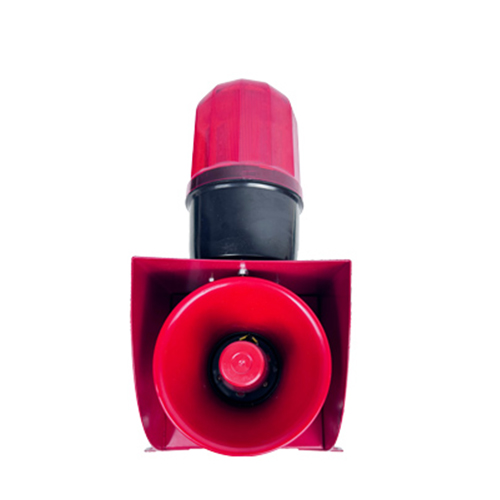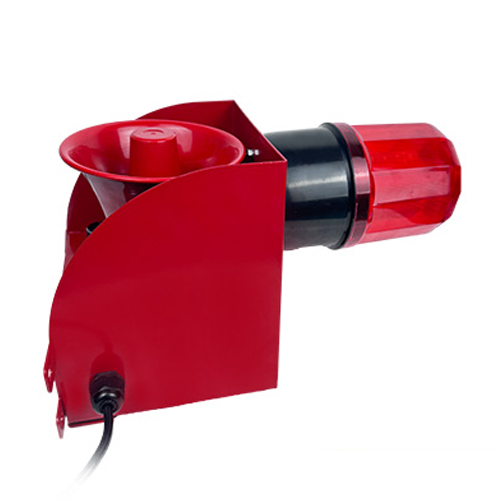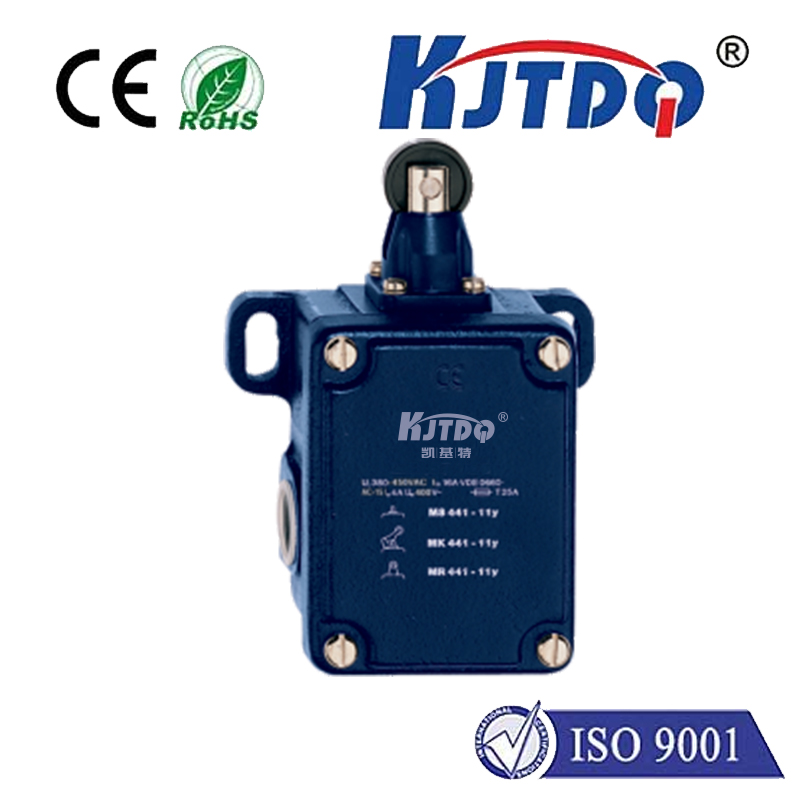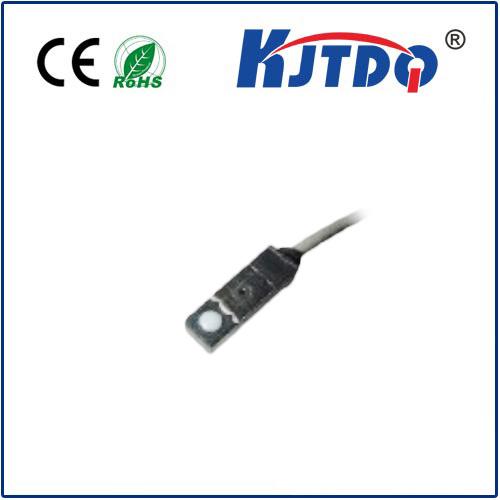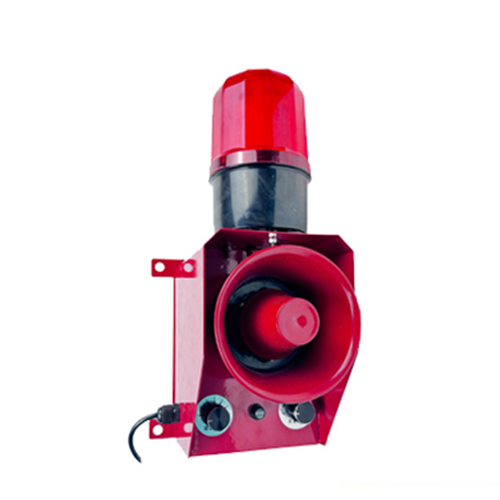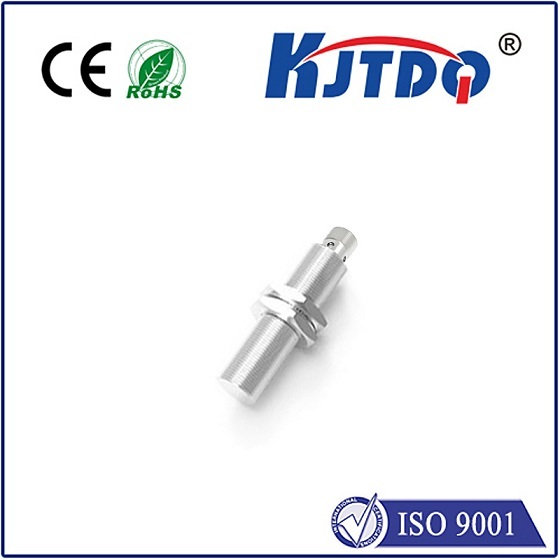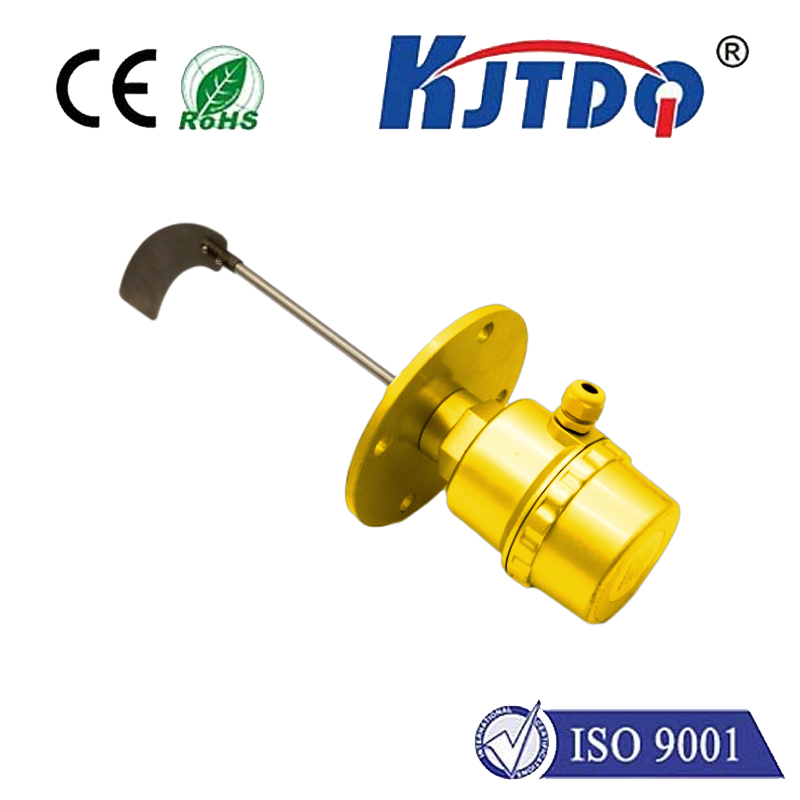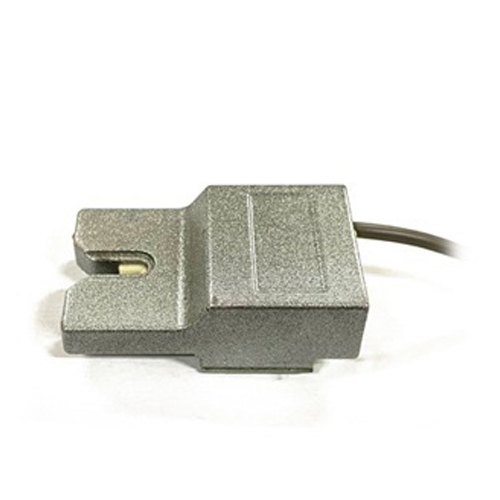Световой датчик npn
- time:2025-07-26 00:25:40
- Нажмите:0
The Versatile NPN Phototransistor: Working Principles and Key Applications
Light sensing is everywhere. From detecting your hand under an automatic faucet to ensuring safety in industrial machinery and enabling communication in fiber optics, photosensitive devices form a crucial link between the physical world of light and the electronic systems that control our environment. Among the diverse range of optoelectronic components, the NPN phototransistor stands out as a fundamental, cost-effective, and remarkably versatile workhorse for light detection tasks. Its unique combination of sensitivity and signal amplification makes it indispensable across countless applications.
Unpacking the NPN Phototransistor: How Light Becomes Signal
At its core, an NPN phototransistor is a specialized bipolar junction transistor (BJT) designed to respond to light. Unlike a standard transistor controlled by electrical current applied to its base terminal, the base region of a phototransistor is optically sensitive and often electrically isolated or unconnected. Here’s a breakdown of its operation:

- The Light-Sensitive Junction: The heart of the device is the reverse-biased base-collector junction. Normally, a reverse-biased p-n junction only allows a tiny leakage current (dark current). However, when photons (light particles) with sufficient energy strike this junction, they can generate electron-hole pairs.
- Photocurrent Generation: These photon-generated charge carriers are swept across the reverse-biased junction by the electric field, creating a photocurrent (Iph). This photocurrent effectively acts like a base current injected into the transistor structure.
- Internal Amplification: This is where the transistor action shines. The photocurrent generated at the base-collector junction acts as the input signal. Because it’s an NPN transistor, this base current (Iph) is amplified by the transistor’s current gain (hFE or β). The result is a significantly larger collector current (Ic) flowing through the device: Ic = β * Iph.
- Output: The amplified collector current (Ic) is the main output signal used in circuits. This current is much larger than the photocurrent a simple photodiode would produce alone, allowing the NPN phototransistor to drive circuitry directly with minimal additional amplification needed in many cases. Its spectral response is typically optimized for visible light or near-infrared (NIR) radiation.
Why Choose an NPN Phototransistor? Key Advantages
The structure and operation of the NPN phototransistor confer several distinct benefits:
- High Sensitivity & Gain: The built-in amplification (hFE) significantly boosts the tiny photocurrent generated by light, enabling detection of much lower light levels than a standalone photodiode.
- Simplicity: It provides a relatively large output signal directly proportional to incident light intensity (within its linear range), simplifying circuit design compared to photodiodes which often require external operational amplifiers.
- Cost-Effectiveness: Phototransistor sensors are generally inexpensive to manufacture and procure, making them economical solutions for high-volume applications.
- Compact Size: They are available in very small packages, including surface-mount (SMD) types, suitable for space-constrained designs.
Contrasting NPN Phototransistors with Photodiodes: While photodiodes offer superior speed (response time can be nanoseconds) and linearity over wider ranges, phototransistor sensors excel in scenarios requiring high sensitivity without complex amplification stages. Phototransistor output current can be orders of magnitude higher (microamps to milliamps vs. nanoamps for photodiodes) under the same light conditions. The trade-off is typically slower response times (microseconds).
Driving Modern Technology: Key Applications
The unique capabilities of NPN phototransistors make them vital components in numerous fields:
- Opto-Isolators (Optocouplers): This is a primary application. An infrared NPN phototransistor is paired with an infrared LED inside a single, opaque package. An electrical signal drives the LED, which emits IR light detected by the phototransistor, creating an output signal. Critically, this provides complete electrical isolation (thousands of volts) between input and output circuits. Opto-isolator relay modules are ubiquitous for controlling high-voltage/current devices safely using low-voltage logic (e.g., PLCs, Arduino/Raspberry Pi projects).
- Object Detection and Position Sensing: They form the core of many reflective object sensors and slotted optical interrupters.
- Reflective: An emitter (LED) and an NPN phototransistor sensor are placed side-by-side. When an object reflects the emitted light back to the phototransistor, its output triggers.
- Slotted/Optical Interrupter: An emitter and phototransistor face each other across a slot. An object passing through the slot interrupts the light beam, causing the phototransistor’s output to drop. Used in position encoders, end-of-tape detection in printers, security systems, and automated assembly lines (e.g., counting items on a conveyor belt).
- Light Level Sensing and Control:Phototransistor light sensors are used in automatic lighting systems (street lights, indoor lighting), backlight dimming for displays (laptops, phones) based on ambient light, and photography (exposure meters).
- Smoke & Flame Detection: In some smoke detectors, an infrared phototransistor monitors scattered light within a chamber. Under smoke-free conditions, light from an IR LED doesn’t reach the sensor. Smoke particles scatter the light onto the phototransistor, triggering the alarm. Flame detectors often use specific phototransistors sensitive to the IR flicker signature of flames.
- Simple Remote Controls: While less common now than IR photodiodes for high-speed data, IR phototransistors were (and sometimes still are) used in basic IR receivers for simple command transmission.
- Pulse Oximetry: Used in conjunction with LEDs in medical sensors to detect blood oxygen levels by measuring light absorption through tissue.
Practical Considerations & Limitations
To effectively design with NPN phototransistors, engineers must navigate several key factors:
- Sensitivity vs. Wavelength: Phototransistors exhibit peak spectral sensitivity, often in the near-infrared range (~850-950 nm) for IR types or aligned with visible light. Matching the emitter wavelength (e.g., IR LED) to the sensor’s peak sensitivity is crucial for optimal performance.
*

